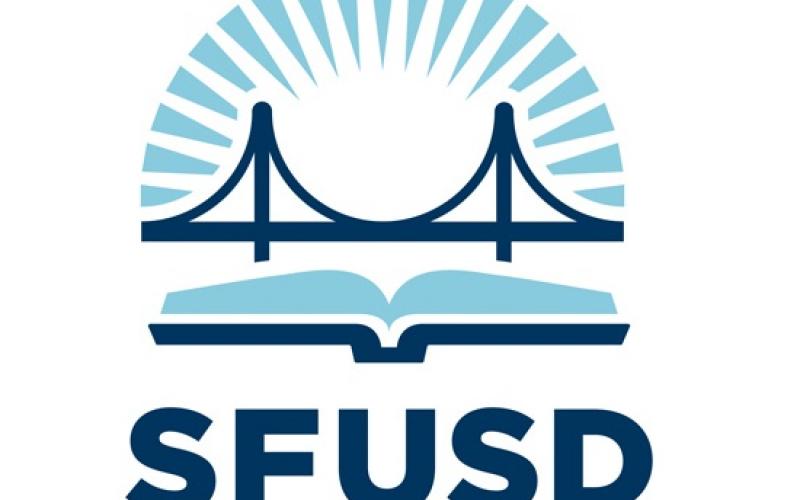Innovation Combined with Community Integration
brainLENS (Laboratory for Educational NeuroScience) at the University of California, San Francisco combines cutting-edge, cross-disciplinary research methods with a deep passion for maximizing children’s potential in life, particularly stemming from the academic domain. In the spirit of our lab, we aim to share the love of neuroscience with children of all ages, rapidly translate research findings to practice, and collaborate with teachers, clinicians, and families.
In addition to the cutting edge research in brainLENS, we have a commitment to the continued development of the various Schools and PTAs in the Bay Area, particularly the schools in the SFUSD. To affirm this commitment, we have pledged to support by:
• Providing volunteer tutoring services
• Additional science classes and support
• Professional development for teachers, continued education
• Seminars for PTAs and Teachers
• Workshop opportunities for students or teachers related to bilingualism and/or brain/neuroscience.
Benefits for you, your family, and your community
Click here for: Archive of the brainLENS Seminar Series
Click here for: Calendar of brainLENS and UCSF events
Click here for: Additional Resources for Families
Examples listed below:
Information on the Emerging Field of Educational Neuroscience
The Science of Dyslexia
Multiple issues, including genetic and environmental factors—programmed or just by chance—influence our behavior, cognitive abilities, character traits, how likely we are to have a disorder, and how our brains are organized. A wide range of environmental factors may include, but would not be limited to, exposure to hormones during pregnancy (prenatal influence), nutrition, exposure to toxins, infections, traumatic injury, parental care, home setting, peer relationships, school experience, and culture. In the case of academic achievement and learning disabilities (i.e., dyslexia), “internal environmental factors” (e.g., motivation, anxiety, depression) may also be important modifiers (see Examiner’s “ Research Alert on Educational Neuroscience” in the July, 2014 issue-http://www.interdys.org/July2014_Education_Neuroscience.htm). How do all of these factors cause and influence dyslexia?
Click to download: Download SLD Resource Guide
Specific Learning Disability Resources
List of resources related to Specific Learning Disability for parents and practitioners. Includes advocacy, research and educational organizations and free screening resources.
Click to download: Download SLD Resource Guide
BrainFacts.org
BrainFacts.org makes new scientific discoveries about the brain accessible to the public and provides background information on neuroscience, brain development and cognition.
Click to learn more: BrainFacts.org
Review of Boets et al. (2013).
A study published recently may shed light on the long-held debate of whether “representation” of phonemes (i.e., individual sound-segments such as the /g/ in girl) and/or “access” to this representation is impaired in people with dyslexia (Boets et all., 2013). Studies such as these help inform development of neuro-scientific evidence-based and targeted inventions.
For more information, please click here: LEARN MORE




